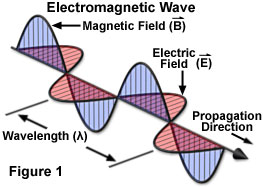Interesting...
_http://beta.slashdot.org/story/196387
_http://beta.slashdot.org/story/196387
Nerval's Lobster writes "Researchers at the University of Tokyo have published a paper and video describing a technique that is explicitly not an anti-gravity system, and doesn't pretend to be, but looks very much like one.
'The essence of levitation is the countervailing of gravity,' according to the provocative opening of a paper published Dec. 14 on the Cornell University science-publishing site arXiv.org that describes a way to not only raise an object into the air, but maneuver it in three dimensions using only standing waves of ultrasound.
Since the mid-1970s, researchers have been able to levitate small objects using focused beams of high-frequency sound that bounce off a flat surface and create a wave of pressure that pushes the object into the air. But they couldn't cause an object to float, and they couldn't move it around in any direction other than up or down. The University of Tokyo team led by Yoichi Ochiai built a system that could raise small particles, water droplets and even 'small creatures' off a flat surface and zoom them around within an open, cubical area about 21 inches on each side. The system uses four sets of phased arrays – speakers producing focused beams of sound at around 40kHz – to create waves of ultrasonic force on every side of the object rather than just one.
The force produced by each of the four ultrasound sources can be changed – and the force on the object manipulated – using the same techniques utilized by older systems. Coordinating the frequencies and force of ultrasound arrays on four sides, however, creates a consistent focal point for the force from each. By keeping frequency changes in sync, the system creates a 'bubble' within which the force from all four sources is consistent no matter where within the target area the focus is directed."







